10 Design Disasters From Major Automakers (And 10 Cars That Prove They Got It Right)

Let’s face it, automotive design is a high-stakes gamble. One bold line can land a car on a museum pedestal… or doom it to meme status forever. Over the years, even industry giants have slipped on the design banana peel while others have hit home runs that made us fall in love with driving all over again.
From the infamous to the fabulous, these are 10 design disasters that made us say “why tho?”—and 10 triumphs that redeemed the automakers behind them.
1. Pontiac Aztek (2001–2005)

Pontiac aimed for crossover innovation with the Aztek, but landed in aesthetic chaos. Awkward proportions, clashing lines, and heavy plastic cladding suggested a design born in confusion.
Even Breaking Bad’s spotlight couldn’t redeem its look. A jumble of ideas that never harmonized, it remains a cautionary tale of automotive ambition gone astray.
2. Fiat Multipla (1998–2010)

Offering space for six adults, the Multipla excelled in function but baffled with its bug-like front end. That alien face repelled buyers, turning it into a design punchline.
Now a cult oddity, its exterior still sparks debate. Practical inside, its look remains a quirky footnote in Fiat’s story.
3. Nissan Juke (2011–2017)
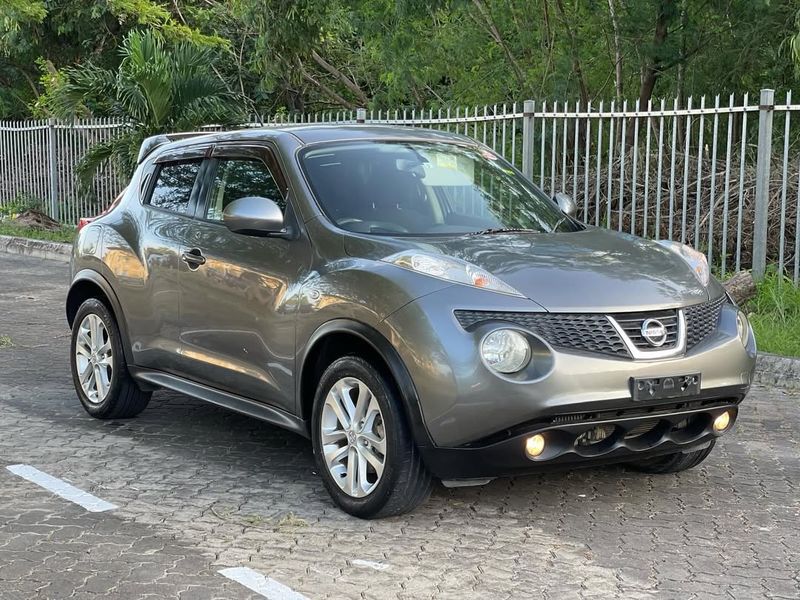
The Juke chased uniqueness with split headlights and a pinched grille, but its bulbous shape divided buyers. Most found it jarring rather than charming. Aiming to stand out, it became a polarizing puzzle.
Its quirky vibe still fuels arguments among car enthusiasts.
4. Chrysler PT Cruiser (2001–2010)

Chasing 1930s gangster car vibes, the PT Cruiser emerged as a bloated hatchback. Early sales surged, but its retro charm faded fast against clunky proportions.
Nostalgia couldn’t sustain its appeal, leaving it a dated relic in Chrysler’s lineup.
5. BMW i3 (2013–2021)
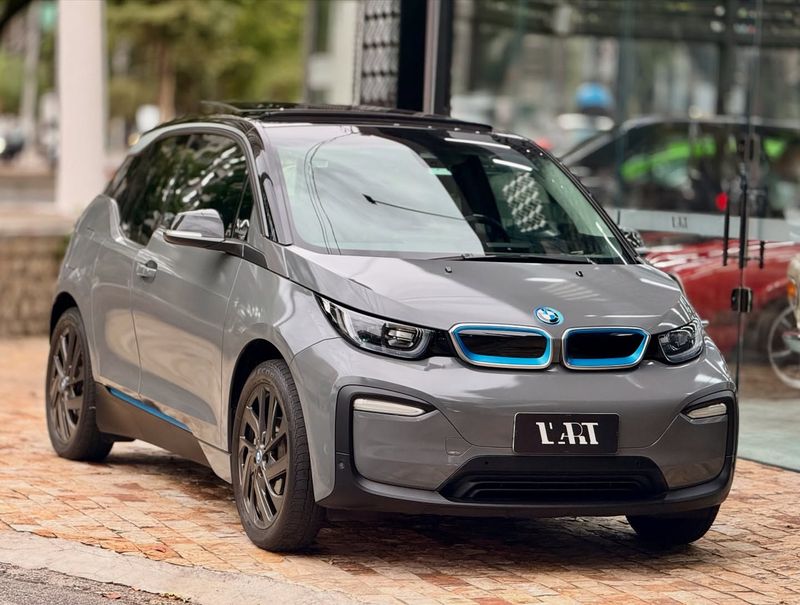
BMW’s eco-city car boasted green materials and electric power, but its boxy, disjointed shape seemed half-finished. Clamshell doors only amplified the odd stance. Innovation shone under the hood, not in its looks.
The i3’s sustainable heart outpaced its visual appeal, leaving aesthetics as its weak link.
6. Subaru B9 Tribeca (2006–2007)
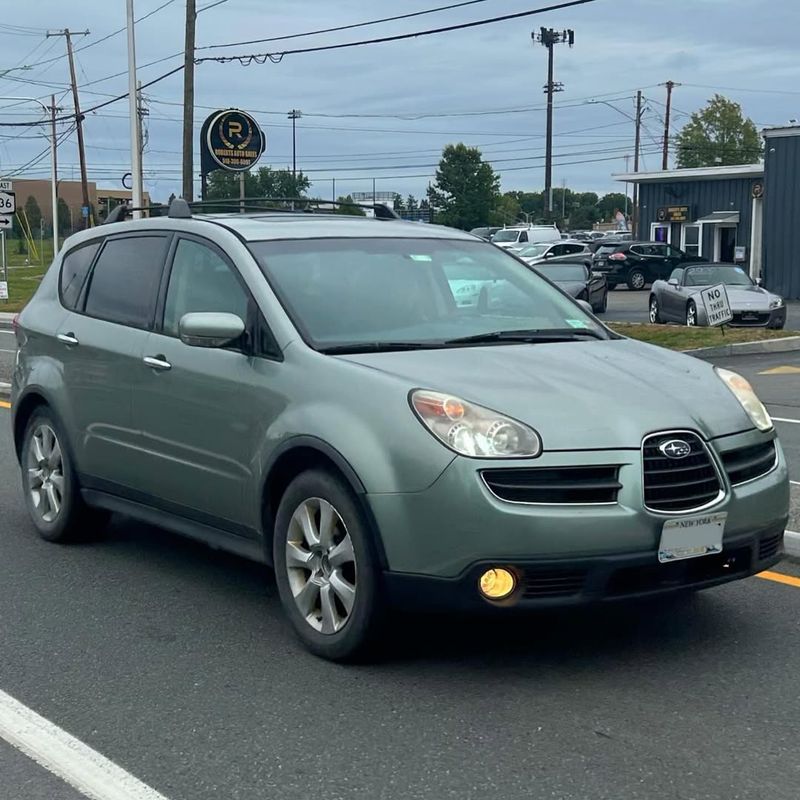
Subaru’s entry into the luxury SUV market started with a design that confused just about everyone. The triangular grille was supposed to resemble a jet engine intake, but what it resembled instead was pure design chaos.
Subaru wasted no time redesigning it after customer backlash. The initial attempt at innovation was met with bewilderment, leading to a quick reevaluation and redesign.
7. Chevrolet SSR (2003–2006)
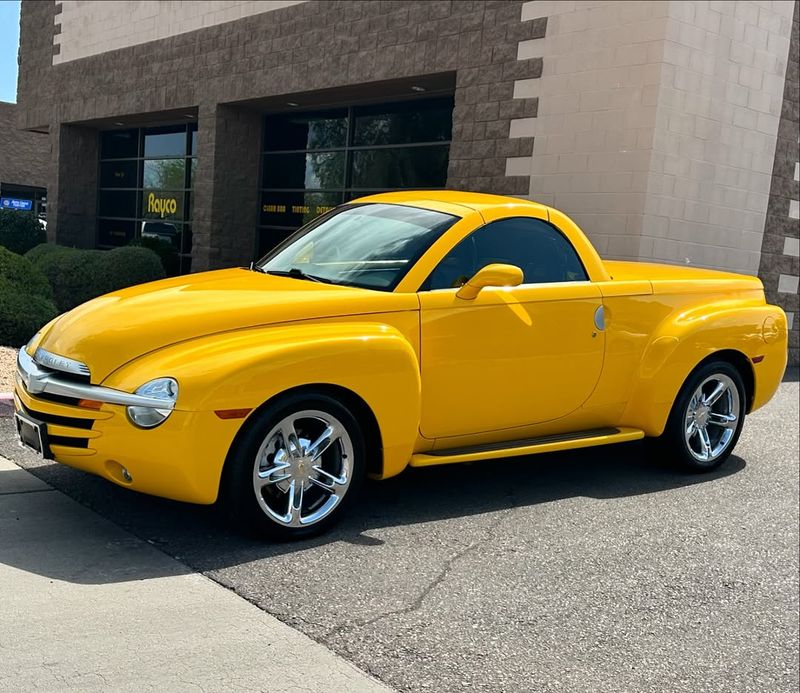
Part pickup, part convertible, part hot rod… all confusion. The SSR’s bloated curves and underwhelming performance made it a design oddity with no clear purpose. It had style, just not the right kind.
Its ambitious attempt to blend various vehicle types resulted in a muddled identity. Despite its unique ambition, it never quite found its footing, leaving it as an automotive curiosity.
8. Honda Crosstour (2010–2015)
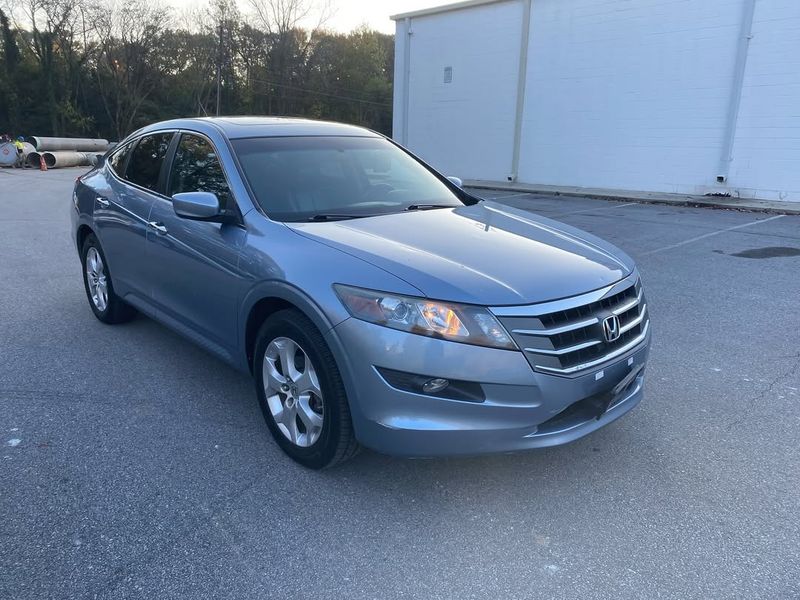
Marketed as a crossover coupe, the Crosstour ended up being a hunchbacked Accord. The sloped rear and bulging backside earned it widespread criticism. It tried to be unique but fell flat in almost every aesthetic sense.
Its design was an attempt at versatility that didn’t resonate with buyers. Though it promised innovation, the execution left much to be desired in terms of visual appeal.
9. Jeep Compass (2007–2010)
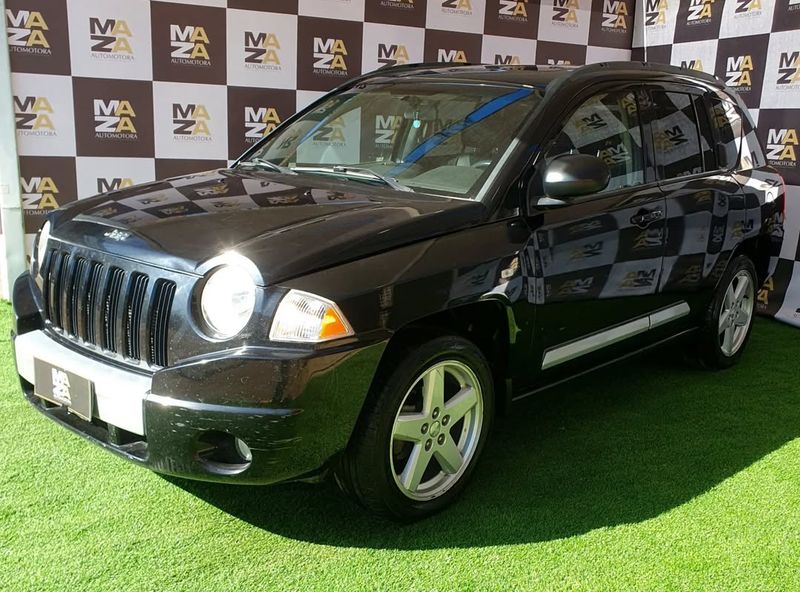
Jeep’s attempt at a compact crossover felt cheap in every way. Boxy without the rugged charm, and bland to the point of invisibility, it lacked both the personality of a Wrangler and the comfort of a proper SUV. Early models even skipped the signature Jeep grille styling.
The Compass struggled to define itself in a competitive market, leading to its underwhelming presence and reception.
10. Toyota Mirai (1st Gen, 2015–2020)
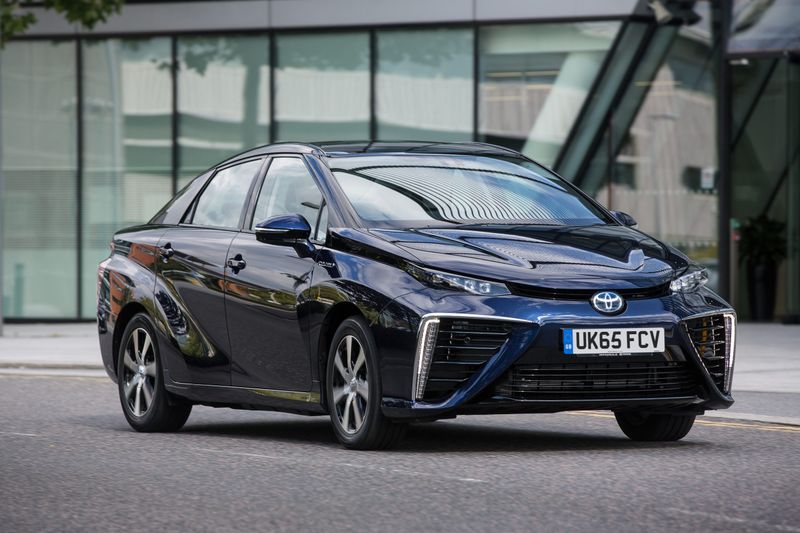
Toyota’s pioneering hydrogen car was revolutionary under the hood—but the design looked like it had been built in layers, none of which matched. It featured sharp cuts, protruding angles, and odd proportions.
A great idea buried under an avalanche of poor styling choices. Despite its technological prowess, the visual execution struggled to convey the innovation within, resulting in mixed reactions.
11. Jaguar E-Type (1961–1975)
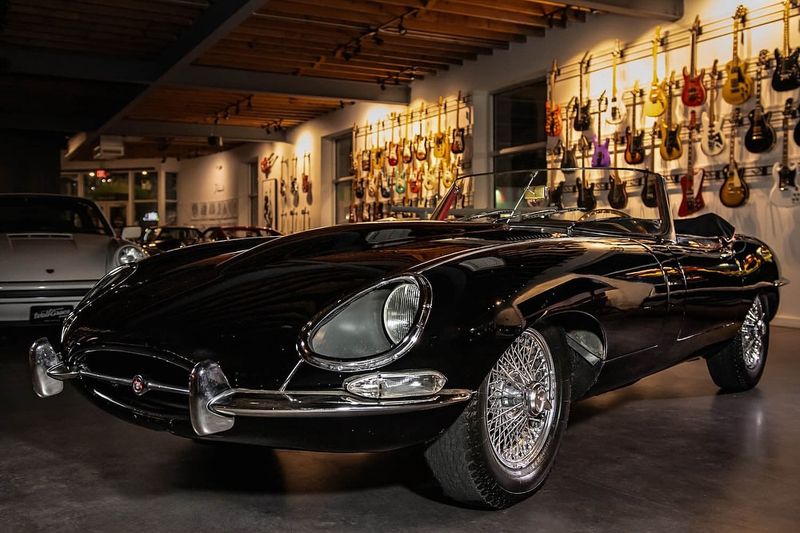
With a silhouette that oozed elegance and performance, the E-Type is often hailed as the most beautiful car of all time. It combined British charm with aerodynamic perfection. Even today, it can turn heads faster than a modern supercar.
Its timeless design exudes sophistication and allure, transcending eras. The E-Type remains a symbol of automotive artistry, celebrated for its exquisite form and engineering.
12. Tesla Model S (2012–present)
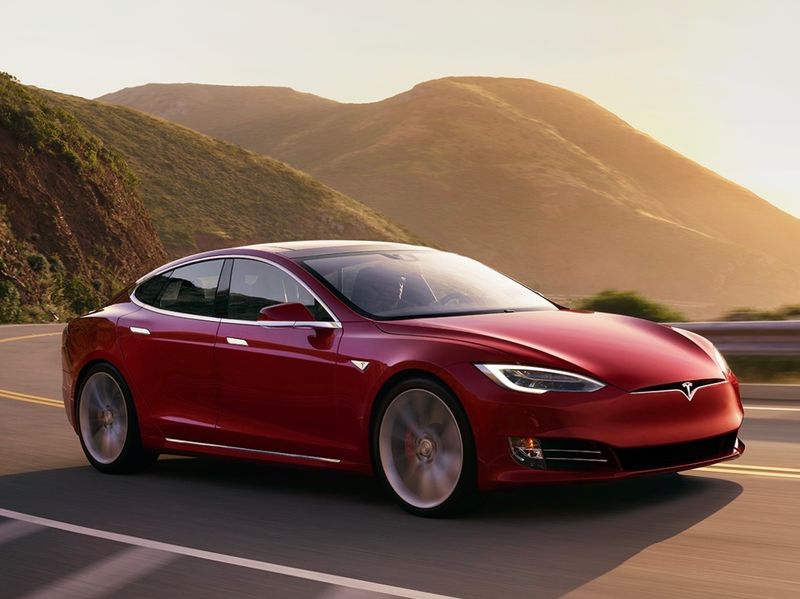
Tesla proved that EVs could be cool with the sleek and understated Model S. It brought minimalist design to the mainstream without sacrificing elegance. The flush door handles and clean lines made it futuristic without being gimmicky.
The Model S stands as a defining moment in automotive design evolution.
13. Audi R8 (2008–2023)
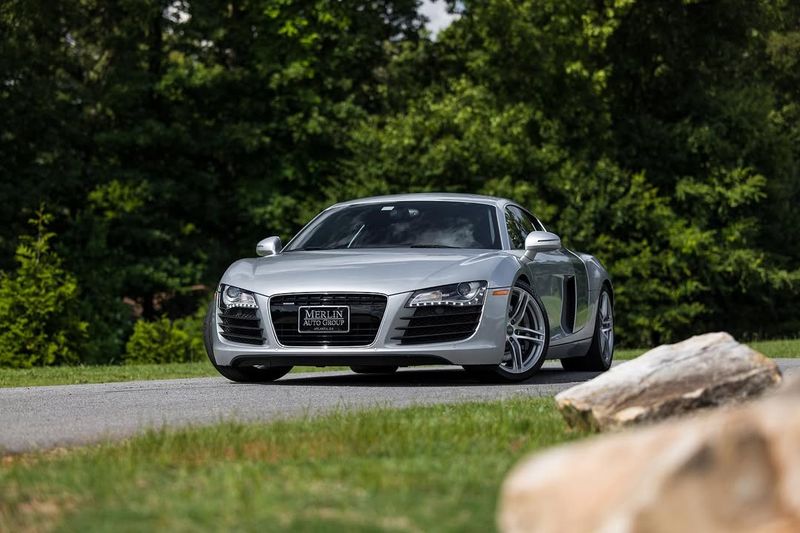
Audi broke into the supercar scene with the R8 and nailed it. The wide stance, LED accents, and side blade design made it look like it belonged on a racetrack and a runway. It blended German precision with supercar flair effortlessly.
The R8 is a masterclass in cohesive design, merging performance with visual impact. Its introduction marked a new era for Audi, setting the stage for future innovations.
14. Aston Martin DB11 (2016–present)
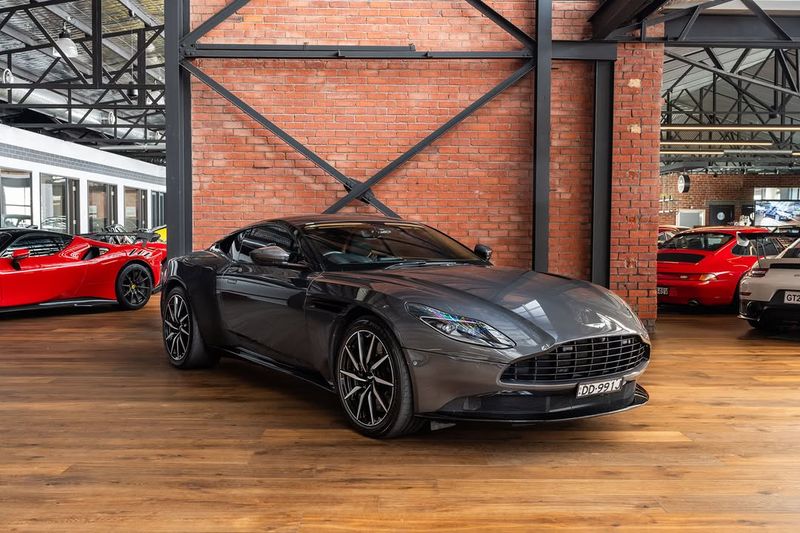
Few cars exude sophistication quite like the DB11. It’s curvaceous without being flashy, modern without betraying the Aston Martin lineage. It’s a perfect example of how luxury and performance can exist in stunning harmony.
The DB11’s design is a symphony of elegance, capturing the spirit of Aston Martin while embracing contemporary aesthetics.
15. Ford GT (2005 & 2017 versions)
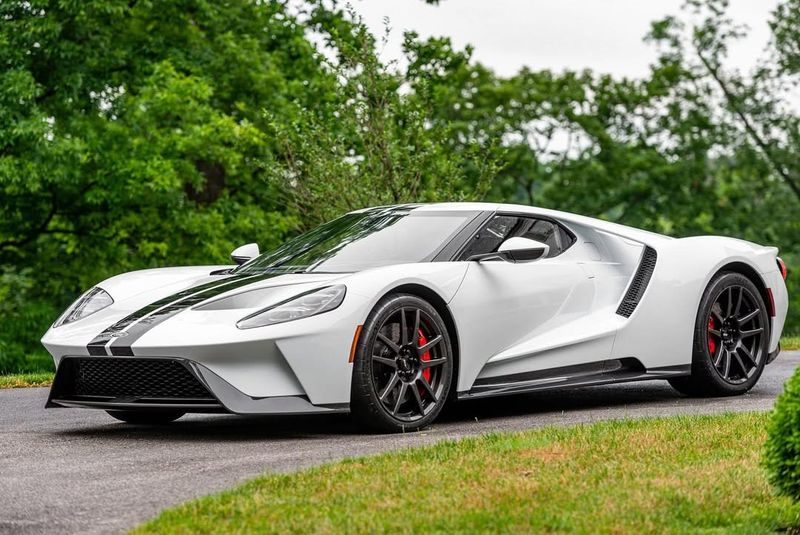
Both the 2005 homage and the 2017 redesign honored the original GT40 while pushing design boundaries.
The newer GT, with its flying buttresses and aggressive nose, looks like a concept that escaped the design studio. It’s an instant classic.
16. Mazda MX-5 Miata (ND, 2016–present)
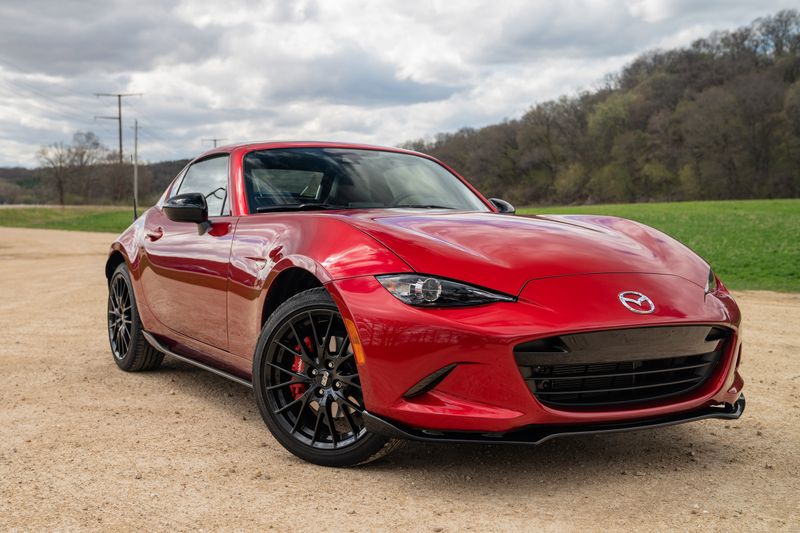
The fourth-gen Miata perfected what the original started—lightweight fun wrapped in sleek simplicity. Its compact, curvy form makes it look like it’s smiling even when parked. Proof that less can truly be more.
The Miata’s design embodies the joy of driving, combining agility with aesthetics. It’s a celebration of minimalism, proving that great design doesn’t need to shout to be heard.
17. Lexus LC500 (2017–present)
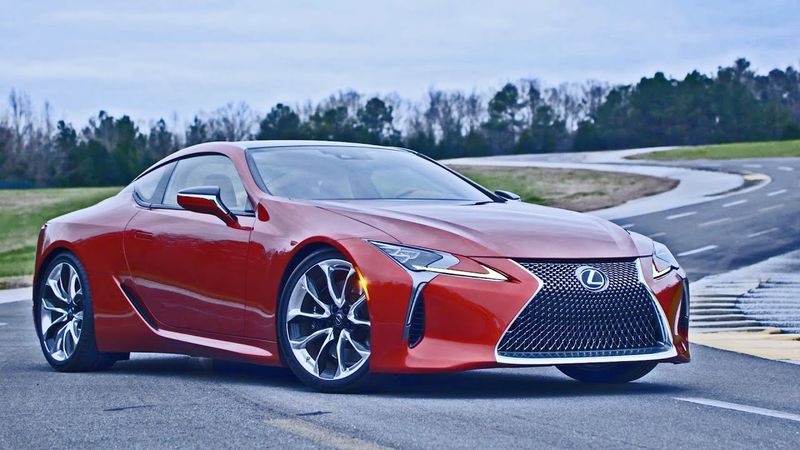
A production car that looks like a concept—that’s the LC500. Its aggressive lines, massive grille, and futuristic light signatures create a look that’s both graceful and bold. Inside and out, it’s a design triumph.
The LC500’s design challenges conventions, offering a bold vision of luxury. Its striking presence is matched by an equally impressive performance, making it a standout in its class.
18. Porsche 911 (any era)

The 911’s design has evolved subtly over decades, maintaining its iconic shape while embracing modern touches. It’s a masterclass in refinement and consistency. No other car looks so familiar yet so fresh with every new generation.
The 911’s timelessness lies in its ability to adapt while staying true to its roots. Each iteration brings a sense of nostalgia and innovation, ensuring its place in automotive history.
19. Dodge Challenger (2008–present)
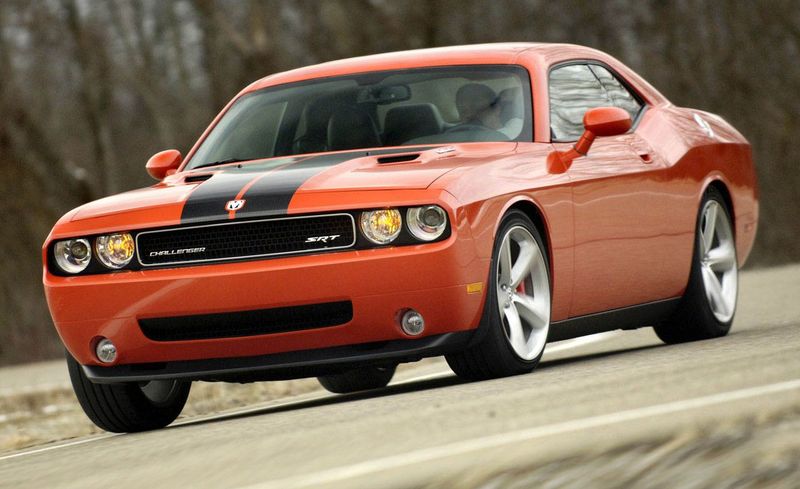
The Challenger is unapologetically retro, and it works. Its broad shoulders, bold grille, and muscle-bound stance scream classic American power. It’s one of the few retro revivals that actually out-muscles the original.
The Challenger’s design is a celebration of American muscle, embracing nostalgia while delivering modern performance. Its presence is commanding, ensuring its legacy as a symbol of automotive bravado.
20. Mercedes-Benz S-Class Coupe (C217, 2014–2020)
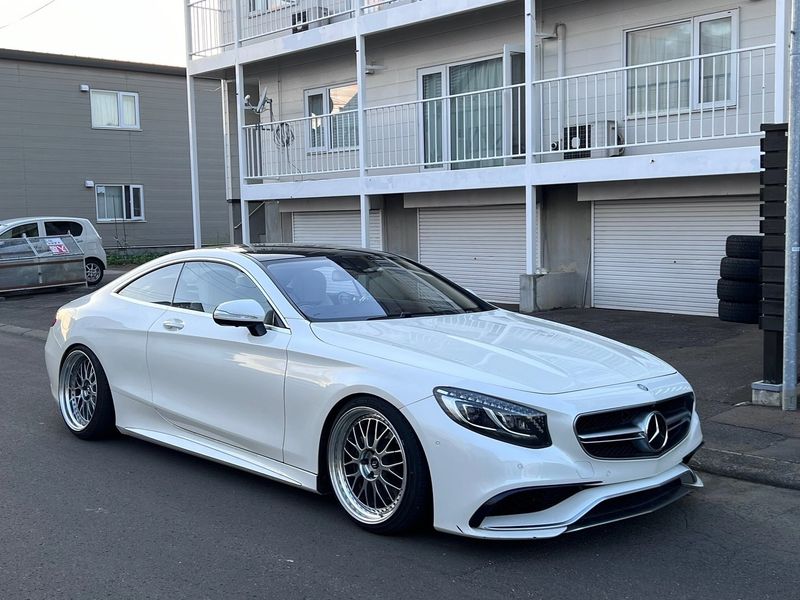
Grace in motion, the S-Class Coupe glides rather than drives. Its flowing lines and refined detailing made it one of the most elegant two-doors of the decade. It captured luxury without shouting about it. The S-Class Coupe’s design is an ode to sophistication, blending elegance with innovation.
Its poised presence and subtle charm make it a standout in the luxury segment, exemplifying Mercedes-Benz’s design philosophy.
